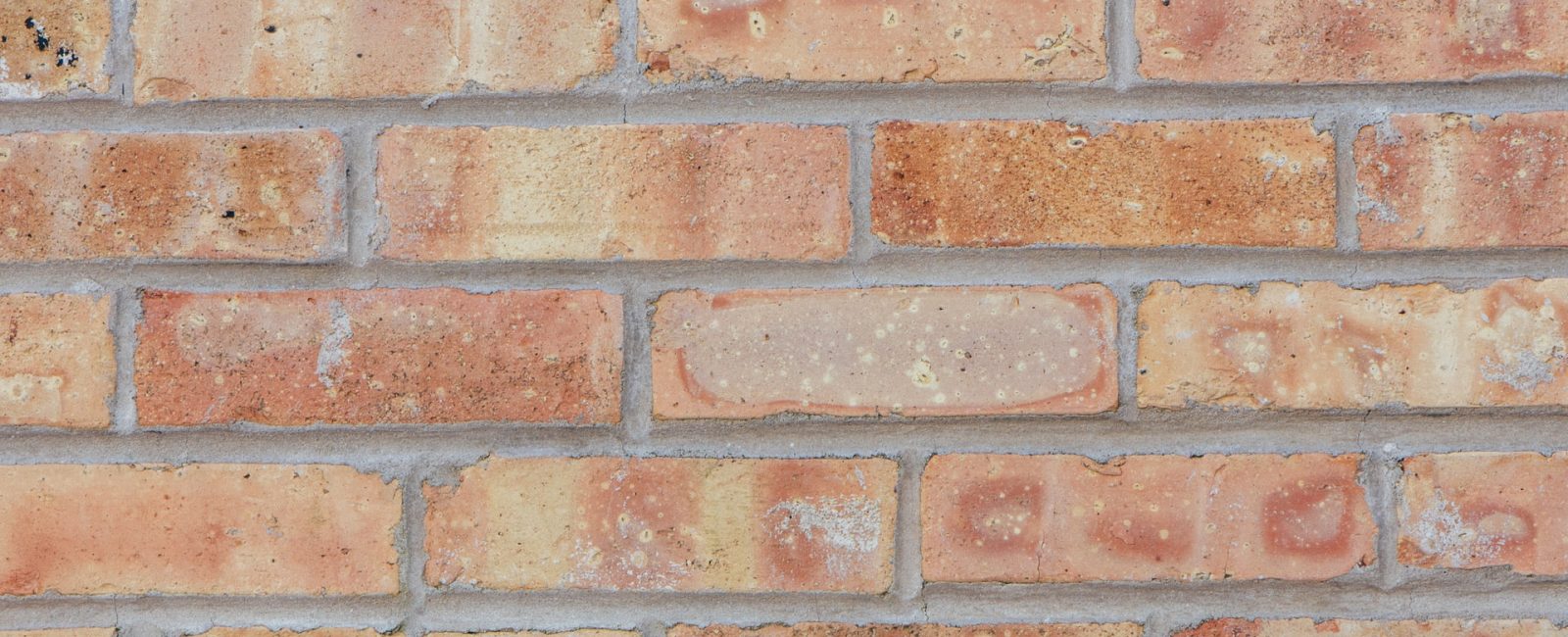Bricks in construction have been around for thousands of years and will remain in use for many more. Currently, they are one of the most popular building blocks used in residential and commercial construction due to their numerous benefits. Using bricks in construction has its pros and cons. In this article, we’ll discuss the advantages and disadvantages of bricks in construction.
Advantages of Bricks in Construction
The following pros will illustrate why bricks should be your go-to material when considering a project involving masonry:
Strength
The masonry industry has a long history of utilizing sand, lime and cement as a foundation for making bricks. These materials are carefully mixed with water on a special platform called a brick maker’s kiln to produce molded clay bricks. The firing process is intense, heating the wet ingredients to 2000 degrees Fahrenheit, creating enough heat to make the materials harden like glass. The result is a strong building material that can build house frames, extensions and more.
Durability
Bricklayers are currently utilizing the evolving techniques. Modern bricklaying techniques have increased the strength of bricks significantly by using steel wire for reinforcement or by firing another layer of bricks on top of the first one. This reinforces the integrity of the brick and prevents damage from surface abrasions, such as that caused by hail or other weather conditions.
Eco-Friendly
Bricks help improve environmental standards in many ways. They are made of abundant materials that can be found all over the world without much difficulty. This means bricks require a relatively low impact on the environment compared to building materials like concrete and steel. Also, they require less maintenance because they do not corrode easily and usually replace obsolete structures within a reasonable timeframe.
Design Flexibility
With brick, you have more design freedom than other building materials because it comes in various colours, shapes and textures. Brick structures blend well with other masonry designs while still offering a unique appearance depending on your personal preferences. They can be used in everything from traditional homes to modern high-rises, making them ideal for both the short and long term.
Aesthetics
Bricks are aesthetically pleasing products that are also functional. Their multi-hued appearance, including their colour variations within one brick, gives brick structures their unique look. The impression of solidity they give is also a big plus for homeowners who want to impact their design choices.
Cons of Bricks in Construction
Bricks have been a prime choice in construction for thousands of years, but it has some drawbacks. Here are three cons to think about before using bricks in your project.
Expensive Materials
Although brick is very durable and versatile, it comes at a cost. For example, slate shingles offer durability without the price tag. Instead of paying for mortar when you use bricks, building supplies such as roofing tar can be used instead. Although it will not be as long lasting or aesthetically appealing, this could save you thousands in the long run. Plus, if you are beginning your career or have another project that needs funding, making design choices based on cost can help you reach your goals faster.
Difficult to Install
When working on a project, it is best to be aware of all the obstacles before they do. With brick construction, many problems can arise during installation due to its shape and size. One example is when walls are not completely square or plumb. Not being able to fit brick together tightly will result in gaps between bricks. This makes bricklayer’s work more labor-intensive than other building materials because different shapes must often be used, so bricks line up properly with one another.
More Labor-Intensive
When considering what kind of materials are being used, labor costs are always taken into account. Brick requires time and effort to install, meaning more money is spent by the hour on Berkshire bricklayers. In addition, brick does not naturally cover cracks between bricks as well as mortar can. This means skilled craftsmen have to continue to apply fresh mortar every so often to prevent water from seeping through.
In Summation
Although there are some drawbacks of brick in construction, it is good to be aware of these benefits because they may influence what materials you will use for a project. Before moving forward with a certain type of building material, try comparing its pros and cons with other options available, so you know which choice best fit your needs.





